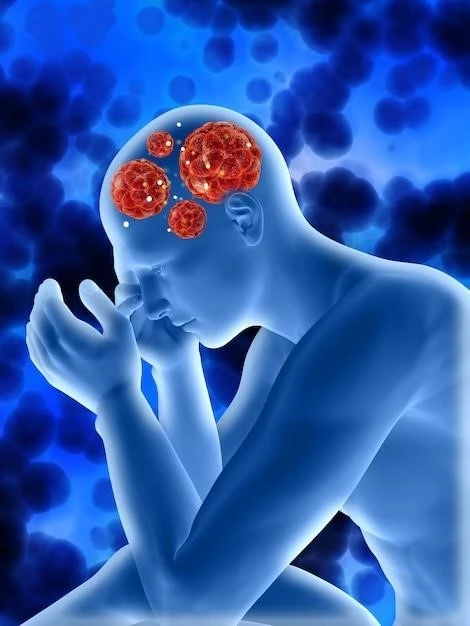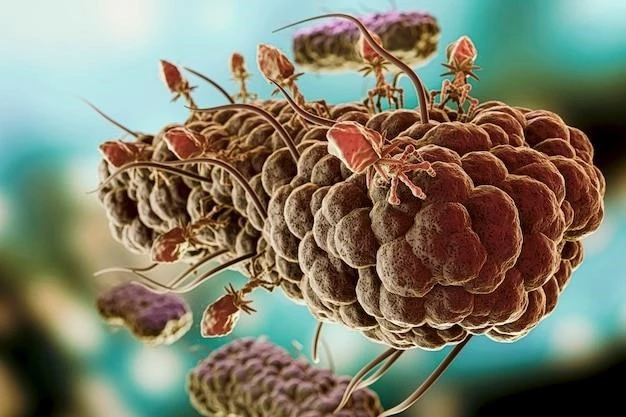Introduction
Pagon–Bird–Detter Syndrome is a rare genetic disorder characterized by sideroblastic anemia and spinocerebellar ataxia. Learn more below.
Definition of Pagon–Bird–Detter Syndrome
Pagon–Bird–Detter Syndrome, also known as X-linked sideroblastic anemia with ataxia, is a rare genetic disorder characterized by sideroblastic anemia and spinocerebellar ataxia. This syndrome is caused by mutations in the ABCB7 gene, impacting heme production and iron homeostasis, leading to anemia and neurological symptoms. The condition typically presents with mild to moderate anemia and progressive ataxia, affecting males more severely due to X-linked recessive inheritance.
Background
Pagon–Bird–Detter Syndrome, also known as X-linked sideroblastic anemia with ataxia, is an extremely rare genetic disorder.
History of Discovery
Pagon–Bird–Detter Syndrome, also known as X-linked sideroblastic anemia with ataxia, was first described by Pagon, Bird, and Detter in 1985. It is an extremely rare genetic disorder that impacts heme production and iron homeostasis, leading to anemia and neurological symptoms.
Genetic Basis
Pagon–Bird–Detter Syndrome, also known as X-linked sideroblastic anemia with ataxia, is caused by mutations in the ABCB7 gene located on the X chromosome. These mutations disrupt heme production and iron homeostasis, leading to the characteristic symptoms of anemia and neurological dysfunction seen in individuals with this rare genetic disorder.
Symptoms
The symptoms of Pagon–Bird–Detter Syndrome include sideroblastic anemia and neurological manifestations such as ataxia. Learn more below.
Common Symptoms
The common symptoms of Pagon–Bird–Detter Syndrome include mild to moderate anemia, hypochromia, microcytosis, and progressive spinocerebellar ataxia, affecting individuals with this rare genetic disorder.
Neurological Manifestations
Neurological manifestations of Pagon–Bird–Detter Syndrome include progressive spinocerebellar ataxia, manifesting as gait instability, dysarthria, dysmetria, and intention tremor. These symptoms usually present in childhood and may slowly progress over time.
Diagnosis
The diagnosis of Pagon-Bird-Detter Syndrome is based on neurological and blood test findings. Learn more about the diagnostic procedures below.
Diagnostic Procedures
The diagnosis of Pagon–Bird–Detter Syndrome typically involves neurological evaluations, blood tests to assess anemia markers, iron studies, and genetic testing to identify mutations in the ABCB7 gene. These diagnostic procedures help confirm the presence of the unique characteristics of this rare genetic disorder.
Differential Diagnosis
In the differential diagnosis of Pagon–Bird–Detter Syndrome, other conditions with overlapping symptoms may include spinocerebellar ataxias, pearson marrow-pancreas syndrome, and aceruloplasminemia.
Prevalence
X-Linked Sideroblastic Anemia with Ataxia, also known as Pagon–Bird–Detter Syndrome, is an extremely rare genetic disorder with only about 10 reported cases in medical literature.
Pagon–Bird–Detter Syndrome, also known as X-linked sideroblastic anemia with ataxia, is an extremely rare genetic disorder with fewer than 10 reported cases in medical literature, highlighting its rarity and limited prevalence in the population.

Treatment
Symptomatic relief is the primary approach for individuals with Pagon–Bird–Detter Syndrome.
Management Strategies
The management of Pagon–Bird–Detter Syndrome primarily focuses on symptomatic relief and supportive care to address the anemia and neurological manifestations associated with this rare genetic disorder. Management strategies may include iron supplementation for anemia and physical therapy for neurological symptoms to improve quality of life for individuals affected by this condition.
Pagon–Bird–Detter Syndrome, also known as X-linked sideroblastic anemia with ataxia, is an extremely rare genetic disorder with fewer than 10 reported cases documented in medical literature, indicating its infrequent occurrence.
The complications of Pagon–Bird–Detter Syndrome may vary and can occur with or without treatment, including potential treatment-related complications.
Complications
The complications of Pagon–Bird–Detter Syndrome may vary and can occur with or without treatment, including potential treatment-related complications.
Genetics
The genetic basis of Pagon-Bird-Detter Syndrome involves mutations in the ABCB7 gene on the X chromosome. Learn more about its inheritance pattern below.
Occurrence Rate
Pagon–Bird–Detter Syndrome, also known as X-linked sideroblastic anemia with ataxia, is an extremely rare genetic disorder with fewer than 10 reported cases documented in medical literature, highlighting its rare occurrence.
Research Studies
There is no specific information available for text under the subheading ” in the provided internet data.
Information on current studies and findings regarding Pagon–Bird–Detter Syndrome is not available in the provided data at this time.

Prognosis
Pagon-Bird-Detter Syndrome prognosis varies depending on the severity of symptoms and management strategies implemented.
Current Studies and Findings
Information on current studies and findings regarding Pagon–Bird–Detter Syndrome is not available in the provided data at this time.
Support Groups
There is no specific information available for text under the subheading ” in the provided internet data at this time.
Resources for Patients and Caregivers
Specific information regarding resources for patients and caregivers related to Pagon–Bird–Detter Syndrome is not available at this time;
Pagon-Bird-Detter Syndrome is also known as X-linked sideroblastic anemia with ataxia or XLSA-A in medical literature.
Other Names
Pagon–Bird–Detter Syndrome is known by alternative names such as X-linked sideroblastic anemia with ataxia or XLSA-A in medical literature.
Conclusion
In conclusion, Pagon–Bird–Detter Syndrome, also known as X-linked sideroblastic anemia with ataxia, is an extremely rare genetic disorder that presents challenges in diagnosis and management due to its distinctive features affecting both the blood and the nervous system.
